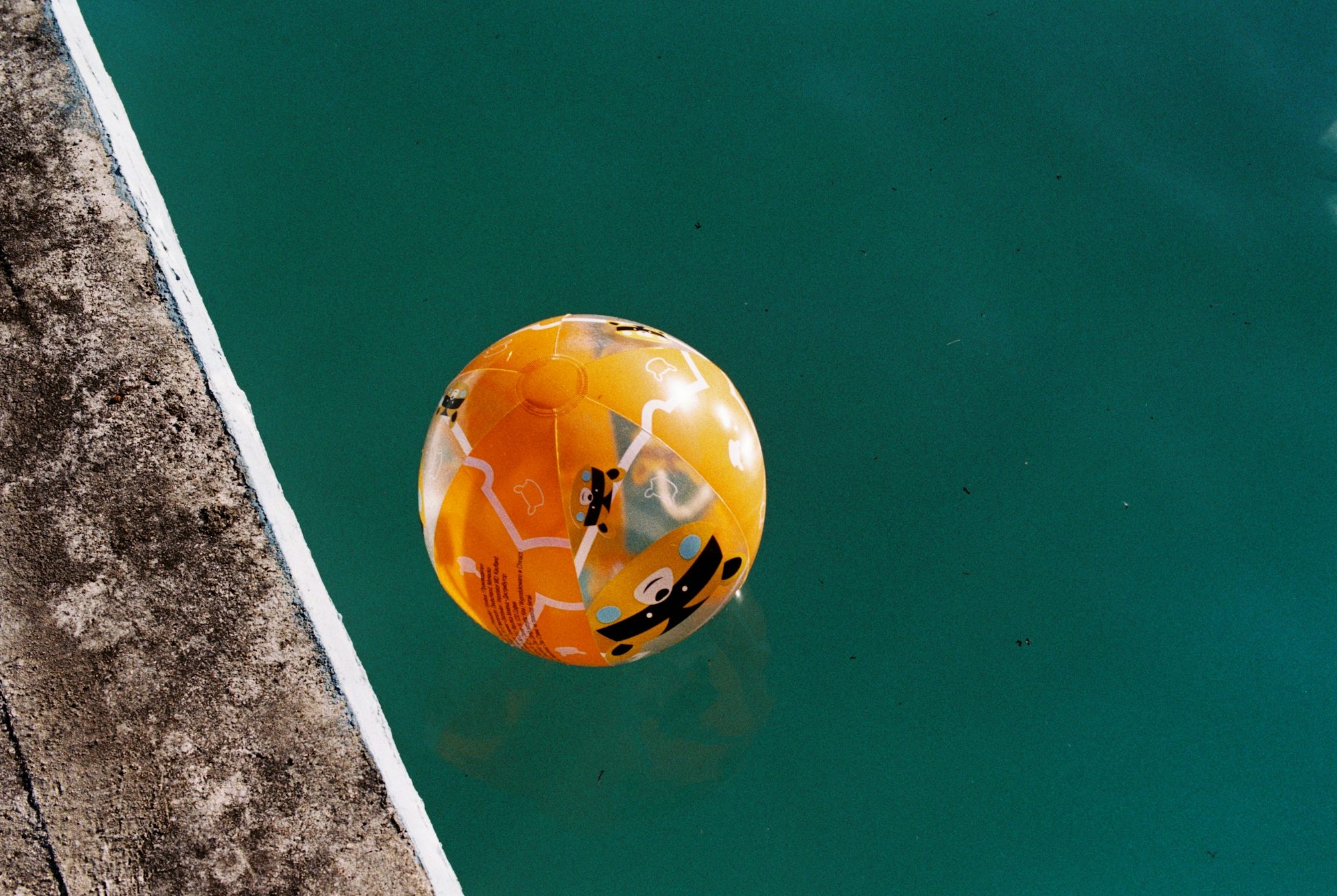Dribbling: The Art of Ball Control
Dribbling is one of the most fundamental skills in soccer, allowing players to maneuver the ball past defenders and create scoring opportunities. It requires a combination of balance, coordination, and technique. Players use various dribbling styles, such as the simple push and run, the feint, or more advanced moves like the step-over or nutmeg. The best dribblers are often those who can maintain close control of the ball while keeping their head up to survey the field.
To develop dribbling skills, players should practice drills that emphasize both speed and precision. Cone drills, for instance, can help improve agility and control, while one-on-one scenarios with a partner allow players to practice evading defenders. The ability to dribble effectively can transform a player’s game, making them a constant threat to the opposition.
Passing: Building Team Chemistry
Passing is another critical skill that underpins effective team play. Accurate passing not only helps maintain possession but also creates opportunities for attacks. Players must be adept at various types of passes, including short passes, long balls, through balls, and crosses. Understanding when to use each type of pass is essential for breaking down defenses.
The key to effective passing lies in communication and teamwork. Players should develop an awareness of their teammates’ positions and movements on the field. Practicing passing drills in small-sided games can enhance this understanding, allowing players to anticipate each other’s actions and develop a cohesive style of play. Moreover, practicing under pressure simulates match conditions and prepares players for real-game scenarios.
Shooting: Finding the Back of the Net
Shooting is perhaps the most thrilling aspect of soccer, as it directly leads to scoring goals. To be an effective shooter, players must develop technique and accuracy. There are various shooting techniques, including the instep drive, volleys, half-volleys, and chips. Each technique has its own context in which it is most effective, depending on the situation and distance from the goal.
Practicing shooting from different angles and distances is vital for improving goal-scoring abilities. Players should focus on striking the ball with precision, ensuring their body position and follow-through align with their intended target. Regular practice can also help players gain confidence in their shooting abilities, making them more dangerous in front of goal.
Defending: The Backbone of Team Play
While scoring goals is crucial, solid defending is equally important. Defenders play a vital role in protecting their team’s goal and disrupting the opponent's attacking play. Effective defending involves a combination of positioning, anticipation, and tackling. Players must learn to read the game, predict opponents’ movements, and time their tackles perfectly.
There are various defensive techniques, such as man-to-man marking and zonal defending. Man-to-man marking involves closely following an opponent, while zonal defending focuses on covering specific areas of the pitch. Practicing defensive drills, such as tackling and positioning exercises, can significantly enhance a player's defensive skills, making them a reliable asset to their team.
Goalkeeping: The Last Line of Defense
Goalkeeping is a specialized position that requires unique skills and attributes. Goalkeepers must possess excellent reflexes, agility, and decision-making abilities. They are responsible for preventing the opposition from scoring and often act as the last line of defense. Key skills for goalkeepers include shot-stopping, positioning, distribution, and communication with the defense.
Training for goalkeepers often involves a combination of drills focused on reaction time, diving techniques, and ball handling. Goalkeepers must also practice their distribution skills, ensuring they can effectively initiate counter-attacks by accurately distributing the ball to teammates. Good communication with defenders is crucial for maintaining a solid defensive structure.
Set Pieces: Strategic Opportunities
Set pieces, such as corners and free kicks, provide excellent scoring opportunities and require specific strategies and techniques. Both attacking and defending during set pieces can greatly influence the outcome of a match. Teams often spend significant time analyzing set piece situations, designing plays to exploit weaknesses in the opponent’s defense.
Practicing set pieces allows teams to develop routines and understand their roles during these critical moments. For attacking set pieces, players may practice specific runs and timings to create space and confusion among defenders. Conversely, defending teams must practice positioning and marking to minimize the threat posed by attacking players.
Tactical Awareness: Understanding the Game
Beyond individual skills, tactical awareness is essential for players looking to enhance their game. Soccer tactics can vary widely, from formations and player roles to strategies designed to exploit the opponent's weaknesses. Teams may employ different formations, such as 4-3-3 or 5-4-1, depending on their style of play and the opponent’s strengths and weaknesses.
Players should develop a strong understanding of their team’s tactics and how they fit into the larger game plan. This includes knowing when to press, when to hold back, and how to transition between defense and attack. Regularly analyzing game footage and participating in tactical discussions can help players gain insights into effective strategies and improve their overall understanding of the game.
Conclusion
Mastering the skills and techniques in soccer is an ongoing journey for players of all levels. From dribbling and passing to shooting and defending, each aspect of the game requires dedication, practice, and a commitment to improvement. By honing these skills and developing tactical awareness, players can elevate their performance on the field and contribute to their team’s success. As soccer continues to evolve, so too will the methods of training and skill development, ensuring that the beautiful game remains as captivating as ever.
